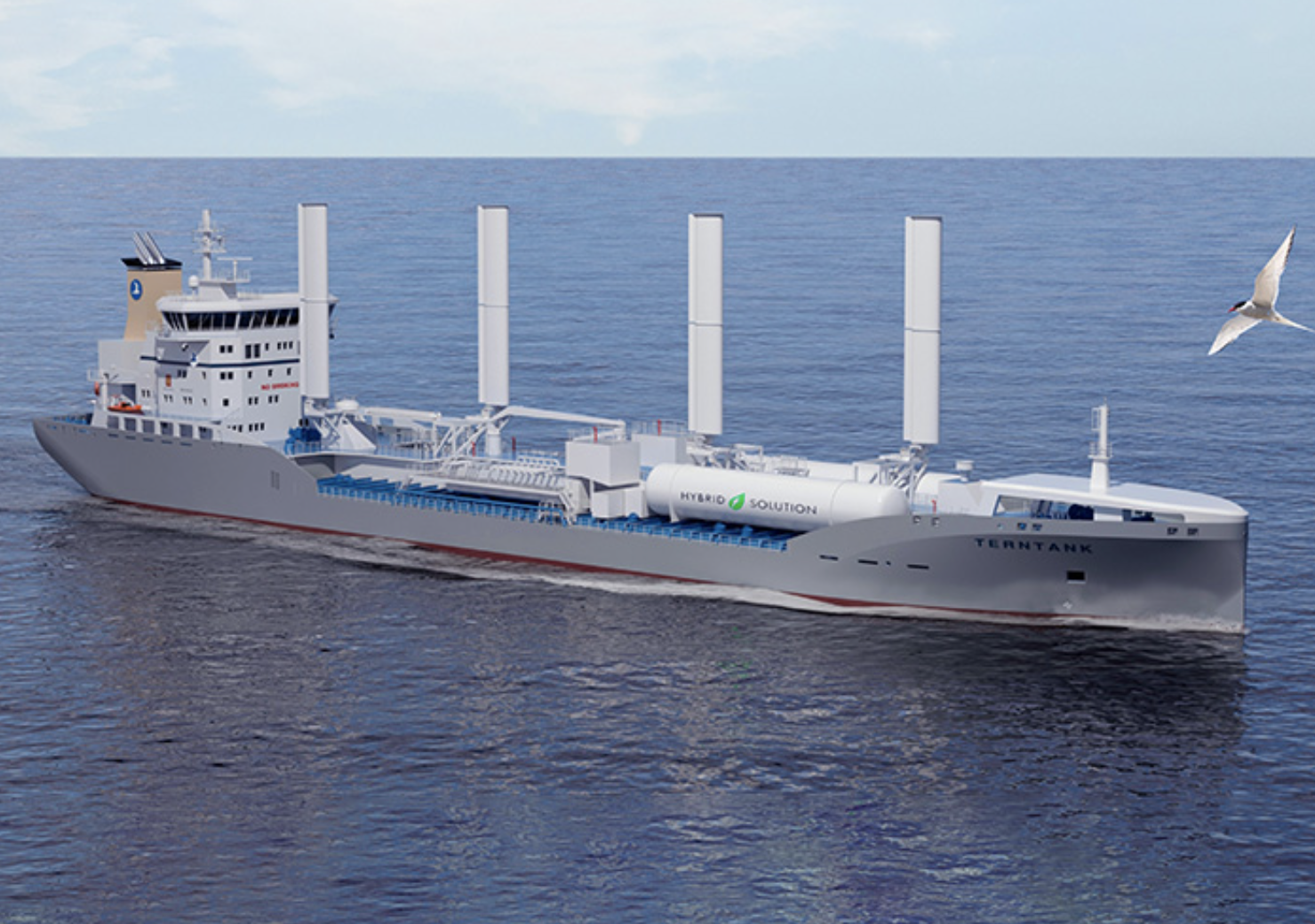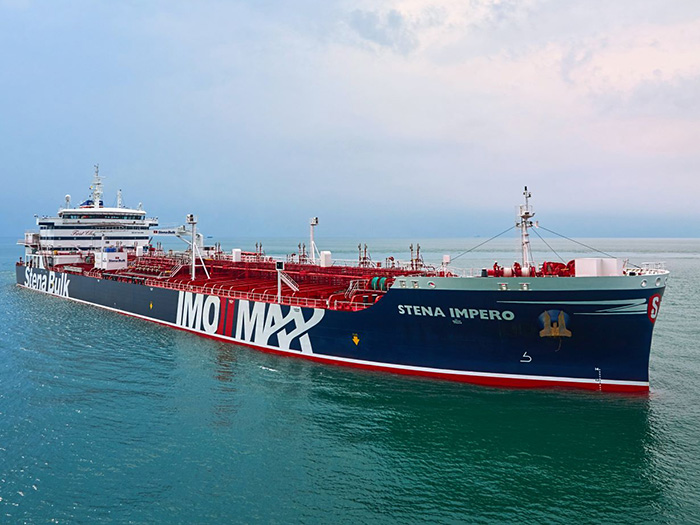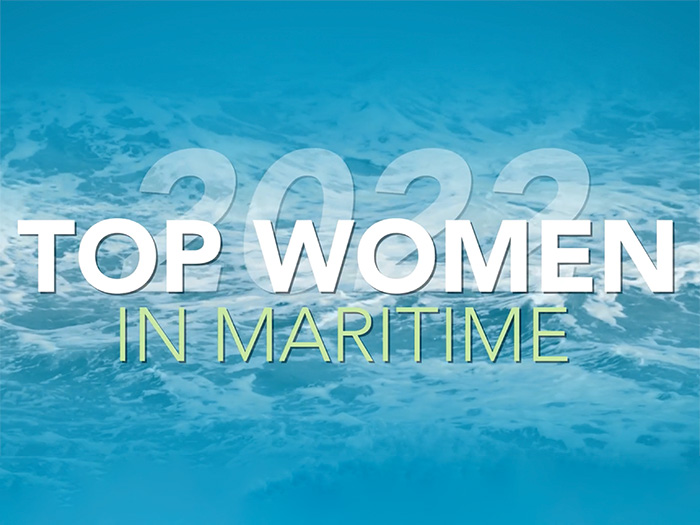By: Ross Martin

This year, shipping has found itself amidst a once-in-a-lifetime crisis. With Covid-19 fundamentally disrupting the supply chain and causing new and unexpected cost pressures, particularly for container shipping, the sector finds itself looking for new solutions and means to manage the disruption.
For some, this has been based on adopting flexible approaches within their day-to-day work, such as conducting technology installations remotely while guiding a local party. For others, it has been about going above and beyond the call of duty, like the efforts we have seen to effect smooth crew changes around the world.
Globally, however, we have seen an acceleration over the past year in how various sectors use data and digitalisation, as they pursue a ‘cure all’ for their operational ills. Covid-19 is not likely to have set this back. In fact, Maersk reports that it has seen a 90% jump in the use of its digital platforms as a result of the pandemic.
Many container shipping companies have found that digitalisation can offer tremendous benefits in attempting to mitigate the disruption. Now more than ever, we need an agile, robust, and digital supply chain that can mitigate disruption.
However, disparate proprietary systems, data silos, and a very complex operating environment are arguably still inhibiting the shipping’s digital revolution; a line of argument worth examining given the current wider context.
Fragmented data use
The Digital Container Shipping Association (DCSA), among others, in an earlier Industry Opinion, already warned the sector that fragmented data solutions are holding shipping back.
There is a truth in that mismatched approaches and fragmented data use have arguably made things, at times, worse for professionals working within the container shipping sector. For instance, collecting data from various individual data silos requires too much manual intervention and effort – and decreases productivity when it is needed most.
This particularly impacts shipowners and operators, who rely on real-time, comprehensive analytics to make meaningful and impactful operational decisions. This cross-comparison of various data silos with different data sets is neither effective nor efficient and is preventing shipping from reaping the rewards of its good progress.
Moreover, technologies are often not designed for shipping first, with owners and operators left trying to make sense of disparate data sources, and then trying to understand these sources using generic ‘business intelligence’ tools. Many companies are also relying on emails and spreadsheets to manage their supply chains – not by any means an efficient way to utilise and rationalise the wealth of data at container shipping’s fingertips.
These tools lack the maritime domain specific functionality and the degree of automation required to make smarter operational decisions faster. For example, while these applications may offer a number of basic variables, container shipping requires thousands to understand and optimise their networks.
Currently, most carriers use shore-side fleet centres to improve voyage execution (including vessel position and speed and bunker consumption). However, they rarely derive the full range of benefits from the abundance of information gathered.
Onshore staff can apply advanced analytics that considers all available data as well as external factors (such as expected weather conditions and port congestion) to determine the optimal voyage routing, speed, while avoiding detrimental weather systems.
With Covid-19 accelerating the implementation of digital solutions, container shipping has a unique opportunity to now fully commit to digitalisation. For instance, Maersk has been able to address the challenges of Covid -19 by building greater agility and resilience into its supply chain with digital initiatives including real-time visibility. There are signs that companies who’ve been early adopters of digital, with a clear strategy, have been able to ride out the crisis with slightly more ease than their contemporaries who have not shown as much digital progression.
In essence, the very process of digitalisation itself has some misconceptions at play. Many ship operators believe that creating a state-of-the-art IT environment is a must before launching a digital transformation. Creating such infrastructure requires significant spend and can be a drain on resources.
However, embarking on the digital journey does not require an immediate large-scale and expensive overhaul of IT systems. On the contrary, the future of these applications, such as our Podium collaborative workspace, will operate effectively from a standard browser.
Simplifying digitalisation
So how can container shipping succeed in simplifying its digital revolution? Firstly, companies must have a clear long-term vision on how to best use digital technologies.
As DCSA CEO Thomas Bagge said of the individual members of the organisation: “Each of them had over the years individually tried and individually failed and individually invested and failed again in terms of their digital transformation”.
Secondly, companies need to take the time to understand how they can make digitalisation and data deployment work for them. Taking the time to understand which areas of your operations can be made more efficient – whether that is improving your online customer booking system or reducing emissions with route optimisation – is vital. While digitalisation and data deployment can deliver short-term benefits, companies must have a clear, strategic approach to tackling these issues.
The digital transformation should be a holistic undertaking and should address planning, operations, commercial activities, and support functions. Taken in its entirety, digitalisation will become an increasingly powerful motivator of business change.
The sector must now seek to unify its various digital fragments, allowing owners and operators to gain the benefits of digitalisation. All of this must be wrapped up in the right infrastructure and ecosystem to drive digital change. We must move beyond generic tools and adopt applications that have been designed with maritime-specific functionality in mind. We must also work to smash data silos and unlock the full potential of digitalisation, achieving instant understanding of data that generates meaningful operational returns.
Unlocking shipping’s potential
Digitalisation has been heralded as the solution for shipping and there’s no doubt that container shipping is leading compared to other market segments. In particular, the DCSA should be commended for establishing IoT standards for Container Connectivity and Track & Trace applications, which are important steps on the path to greater transparency and data use.
For container shipping to appreciate the benefits of digitalisation, it must ensure it plans technology deployment to enable not just short-term point solutions but also long-term efficiencies. It should not cherry pick the latest technology solutions and apply them without a clear strategic vision and direction for their use.
The sector must lean upon the talent and expertise of those who can offer the experience as well as the cutting-edge technology, enabling shipping to appreciate the best of its digital revolution.
About Ross Martin: As Chief Operating Officer of StratumFive, Ross is responsible for the global operations of the company. Since 2011 he has been living and breathing StratumFive with a focus on developing and delivering technology-driven solutions, providing outstanding customer service, and driving continuous company growth.
















